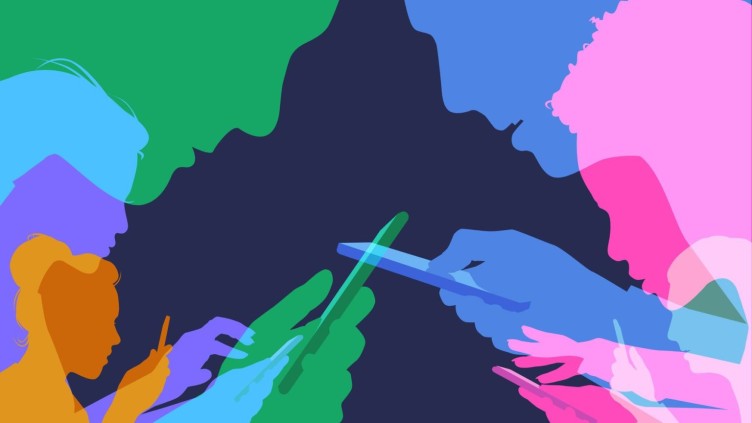Globally, men are 21% more likely to have access to the internet than women. In the world’s least developed countries, this likelihood rises to 52%. Women facing intersectional discrimination, living in communities with lower socioeconomic status, have even lower access to connectivity or any digital device, leading to a string of tremendous consequences, sometimes even vital ones. This article identifies ways in which the internet can be made a safer for women and girls to actively participate and enjoys its benefits without unacceptable harms or threats.
The internet with its great potential for economic opportunity and social empowerment, has long been celebrated as a force for greater equality — breaking down barriers for those previously held back by their geography, wealth, race, class and gender. But while digital connectivity has improved life for billions of people, it is falling short on its promise to beat back inequality. When women and girls connect to the internet, too often they are confronted with abuse, misinformation, and other dangerous content, which threatens their participation and safety online, and can force them from online platforms altogether. This is especially true for those disproportionately targeted on the basis of their race, religion, abilities, and gender. The consequences of this exclusion affect everyone especially women and girls.
For the internet to really be a public good that puts people first, innovators and inventors need to develop technologies that support the best in humanity and challenge the worst. For the internet to be a safe space for women and girls, tech companies ought to be accountable for their work on how they support and respect human rights. They ought to establish and implement policies that make it easy for victims of TFGBV to report cases and be quick to take down content that violate the rights of women and girls, as well as address the risks created by their innovations and inventions.
Women and girls face disproportionate risks to their data rights online, particularly in the form of online abuse, harassment and threats of violence. This means that violation of women’s personal data rights can have an exaggerated impact on their other human rights, such as freedom of expression, assembly, and psychological and physical safety. Both governments and companies have a role to play to keep people safe by protecting the right to privacy — which in turn makes the web safer for women, and for everyone. This calls for establishing effective and accessible channels for dialogue and consultation from all players especially the victims to understand their safety needs and analyze the policy and systemic gaps that facilitate online gender-based violence.
While efforts to remove hurdles to access, affordability, (lack of) education and skills and technological literacy, and inherent gender biases and socio-cultural norms, are at the root of gender-based digital exclusion, the gains achieved by these efforts are undermined by online gender-based violence. It is important that once women and girls get online, they find it a safe space to work, learn, engage in civic spaces and connect. The need to put in place concrete policy actions fostering women’s and girls’ full participation and inclusion in the digital economy should be accompanied by addressing ingrained stereotypes and socio-cultural gender norms that lead to discrimination and violence against women in both offline and online spaces.
There is a correlation between digital literacy and online safety, this is not to say that women and girls with digital skills never get harassed online but that it is worse for those with zero skills or knowledge on safeguarding their personal privacy online. Therefore, by training women and girls on how to safeguard their privacy and safety online, it reduces on the number of those that fall victim by either sharing their passwords or sharing too much personal data that perpetrators of online gender-based violence use to harass and attack women online.
There is also need to strengthen the notion of responsible digital citizenship because to ensures that online users advocate and adhere to the responsible use of digital technologies. The responsibilities of digital citizenship include; communicating respectively even when one disagrees, refraining from participating in the non-consensual dissemination of intimate information that breach privacy and trust, not sharing false information, among others. Women and girls will feel safe online once online users embrace the notion of responsible digital citizenship and adopt best practices on civil discourse online.
In conclusion, while the Internet has become an indispensable tool for realizing a range of human rights, combating inequality, and accelerating development and human progress, the gender digital divide hinders women and girls from enjoying these benefits. Therefore, there is need to ensure respect and protection of people’s fundamental online safety and digital rights especially women and girls, and other systemically excluded groups of people. This requires the involvement of the different stakeholders for a concerted effort to ensure that all key players work towards removing barriers that hinder the active participation of women and girls online. Conducting more research and holding multi-stakeholder dialogues to understand the changing nature, extent and impact of online gender-based violence, address the knowledge and policy gaps, and creating awareness on the threats women face while online, all are positive steps towards creating enabling environments for excluded groups of people to feel safer and welcome online.
By Patricia Namakula
Director of Research and Public Relations


